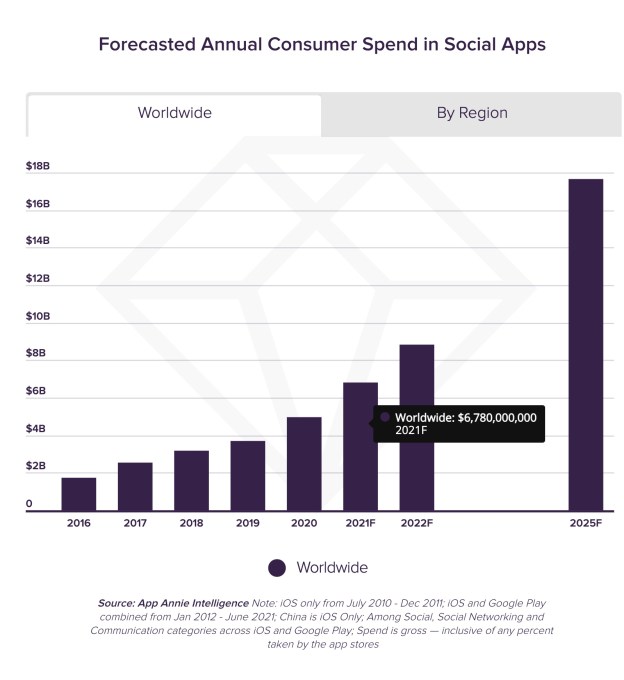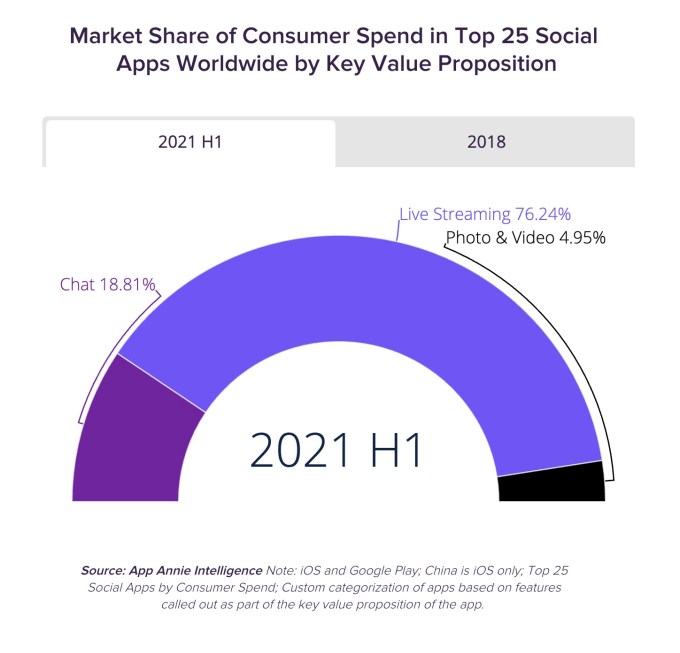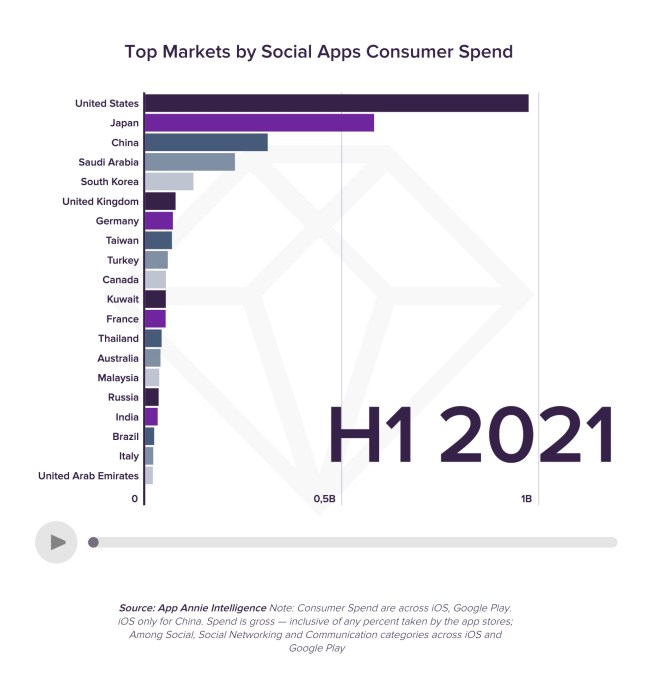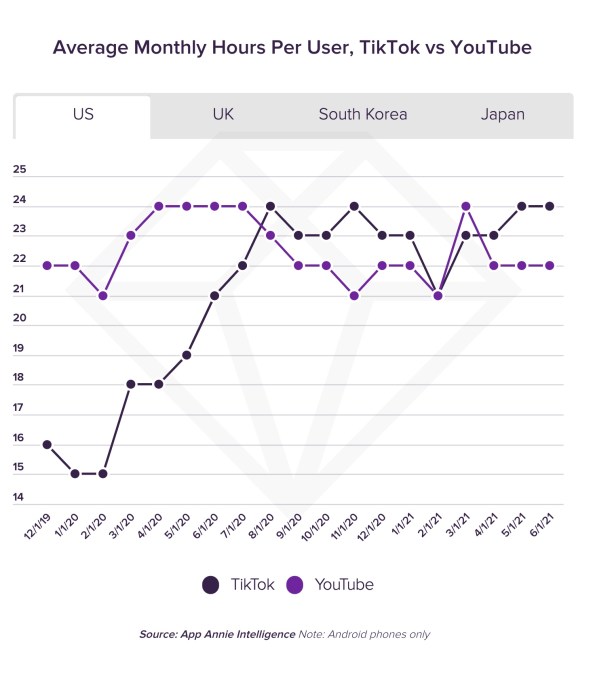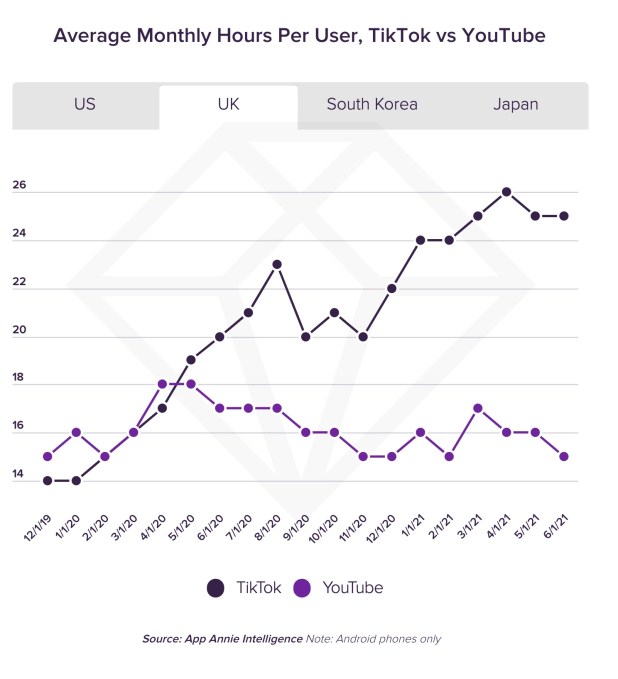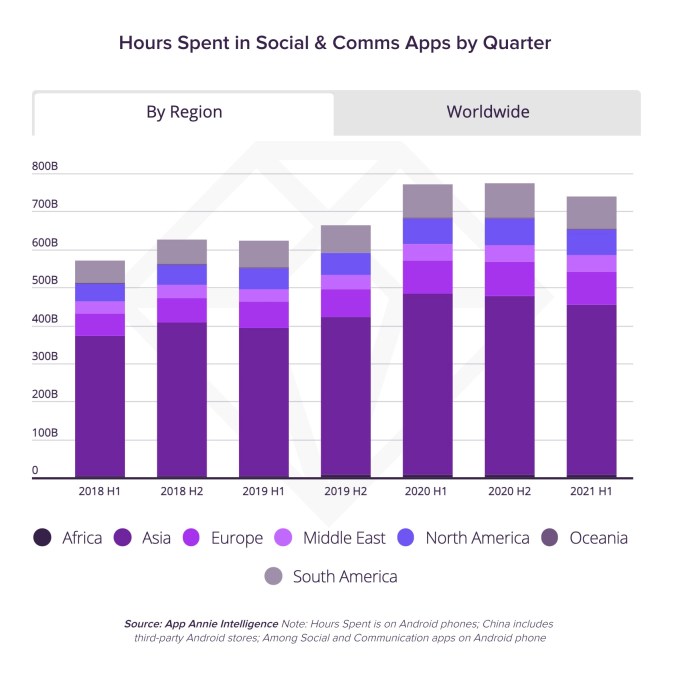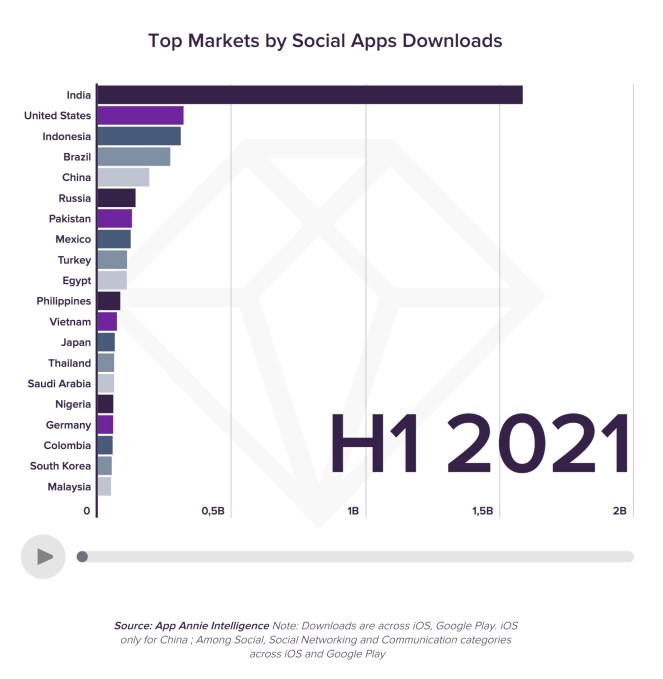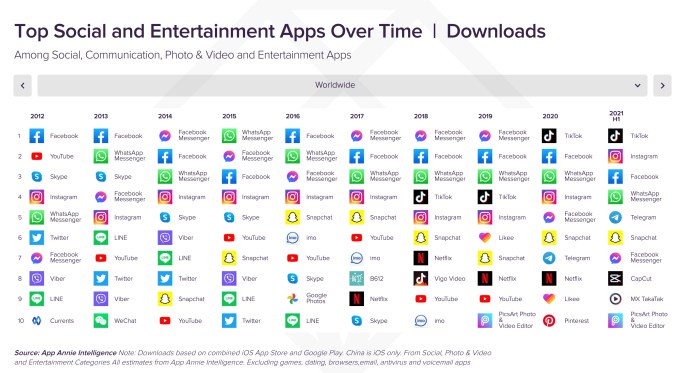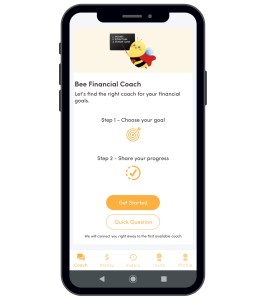- September 7, 2021
- by:
- in: Blog
We interviewed MuteSix CRO Greg Gillman to discuss how the LA-based performance marketing agency bets on content and data to work with its direct-to-consumer e-commerce clients.
Warby Parker filing to IPO last week was one more sign that direct-to-consumer (DTC) is an extremely powerful e-commerce trend. But LA-based performance marketing agency MuteSix didn’t wait that long to build its business around scaling DTC brands.
Created in 2014 and acquired by Dentsu in 2019, MuteSix was recommended to TechCrunch by Rhoda Ullmann, VP Consumer at Sense, a Boston-based startup building a home energy monitor. “They demonstrate best-in-class expertise with Facebook and Google paid ad platforms. They also have a very smart and efficient approach to creative development that was critical to helping us scale,” she wrote. (If you have growth marketing agencies or freelancers to recommend, please fill out our survey!)
Besides Sense, MuteSix’s former and current clients include companies such as Adidas, Petco, Ring and Theragun, to whom it provides a full range of marketing services, including top-notch direct response videos. But regardless of whether you can afford this, we think you’ll learn interesting lessons from our conversation with their CRO, Greg Gillman. The key takeaway? In today’s highly competitive ad environment, both content and data are kings.
Editor’s note: The interview below has been edited for length and clarity.
What can you tell us about MuteSix as an agency?
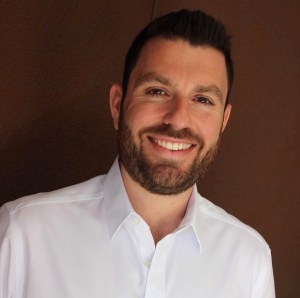
Image Credits: MuteSix
Greg Gillman: We’ve been around for about nine years. We started out as a Facebook ad agency — as opposed to a lot of agencies that start out by saying they do everything, we decided to focus on what we were really good at. At the time, it was doing Facebook media buying for e-commerce companies. Primarily here in LA, which is kind of the hub of these companies, but also all over. And then bit by bit, we grew the organization.
At this point, we’re a little over 400 people, and we manage upward of $500 million in spend on Facebook and Google, including Instagram and YouTube. What we’ve grown into is a one-stop shop for DTC e-commerce companies: We manage all the channels that a DTC brand needs. And we’re a performance agency; everything we do is based on results. People come to us to drive revenue into their e-commerce businesses.
Why do you think that performance marketing is the right fit for DTC?
DTC entrepreneurs are more focused on immediate impact, because if they’re not selling product, there’s no large brand propping them up. So I think that doing DTC marketing requires you to be more performance focused. For agencies that work with large brands, usually it’s more about impression buying versus performance buying. They can say: I did a reach campaign today to hit 10 million eyeballs, and whatever happens happens, because at the end of the day, you just told us to do 10 million impressions. It’s different than working with a group like us that’s trying to optimize every small piece of the funnel, and being accountable for the entire funnel to drive as much sales or revenue.
What type of clients do you work with?
The majority of the companies we work with are digitally native DTC companies. We’ve mostly stayed in that lane, because we’re really good at it. That being said, we work with companies of all sizes — startups, companies that are already established, and very large companies that need to rework both their creative and their media buying strategy.
I oversee sales, marketing and partnerships, and my role is really trying to figure out which brands make most sense to partner with MuteSix. We’re looking for high-growth brands that we can scale, and we’ve learned through the years that what works well are demonstrable products that have cool user value props.
We’ve worked with lots of startups at different points in the funnel, starting from the ground up and working with them through various rounds of funding, all the way through acquisitions, including two by unicorns. But these days, ground up is tougher. I like them to have some proof of concept — putting through $10,000-$15,000 per month on Facebook or $5,000-10,000 on Google usually shows me that there’s some life to it. But I don’t want to limit us if it’s a cool idea. I talk to a lot of people who come back once they’ve proven it out a little bit.
Have you worked with a talented individual or agency who helped you find and keep more users?
Respond to our survey and help other startups find top growth marketers they can work with!
What kind of clients are definitely not a good fit?
It won’t be a fit if there’s no real unique value prop for the product. If it’s just another run-of-the-mill company, a consultant can charge them a lower amount of money and set up Facebook ads, but what we are looking for are high-growth businesses.
The compensation for our campaign managers is actually tied to the performance of the campaigns, so if I bring a bunch of campaigns that we can’t scale, we’re gonna have a lot of unhappy media buyers who ask: “Greg, why would we take on this brand?” It’s a business model that has helped us attract top talent, but we need to make sure that we’re bringing brands that we think we can scale.
And it’s easier than ever to start a company, but it’s tougher now to scale it and take it past the $2 million-$3 million run rate. So I always revert back to asking founders: What are five reasons why people want to buy your product? What are the five reasons that they don’t? If the entrepreneur has trouble answering this, it’s not going to work. If they can’t tell somebody why their business is good, then we’re not going to be good at selling it.
How is MuteSix different from other agencies?
I’d say the main difference is that we have a 70-person in-house video creative team; and what we’re really good at doing is shooting and coming up with performance content. Not just content that looks and feels great, but video that is reverse-engineered to sell product.
Another key component is that we have a whole data science team that is also integrated with our media buying team, and that helps companies navigate things like attribution and signal loss due to the iOS 14 update. Right now, that means focusing on looking at the whole picture rather than by channel and working on mix-modeling attribution.
What are some of the things your data team focuses on?
One of the biggest things that brands struggle with is figuring out attribution, and how you continue to spend money even though you may have lost some signal into the platform. If Facebook skews too heavily, and Google is on last click, then sometimes it looks like things are never working. To help companies make informed business decisions, we are building statistical models that show information at higher-than-the-platform level.
We are also building better segments of customer profiles that help the clients understand who their core audience is, but also helps us build predictive audiences for finding new people.
Another big thing we’re trying to solve is incrementality. We work with large brands that have a strong organic following on social media; and their question is: “Hey, Greg, why should I spend more money if I would have acquired those users anyway?” So we’ve done incrementality testing with brands that spend a lot in other channels than Facebook and Google. We helped them build out different ways to look at the data so that we continue to spend in those channels and they actually know the incremental lift that they’re getting.
There’s one other piece that I think is super important and usually overlooked: first-party data. We work with brands to try and acquire as much of that first-party data as possible, segment it and use it, because that’s what they’d be left with if Facebook shut off tomorrow.
How do you prepare and adapt for changes in the marketing ecosystem?
Because we work with so many brands, we have a lot of senior leadership on each channel level. We routinely meet across departments and share insights. The data science team also builds pretty robust reporting. We try to stay ahead of our brands and to be forward-thinking about anything that is ultimately going to impact the agency. We’re constantly trying to hack our way through things like the types of content that work and things that we know will help us scale.
That’s how we have always approached it. Every major shift in our business was done to answer the needs of the brands that we were working with. For instance, there’s a data side to our business because it’s more important than ever to use that. Facebook used to be a platform where you could throw anything at the wall, and you would get a 4x or 5x return. No one’s asking about data when you’re literally printing money out of Facebook, right? It only happens when the margins get tight. But then Facebook became a more crowded platform, and the same happened with Google: more advertisers, higher CPM and a more competitive environment. We needed to be smarter about what we were doing, so we built out our data team.
Now there’s two levers that we can pull: the data side and the creative side of the business. Again, we are a performance marketing agency, focusing on all the levers. Because platforms like Facebook are only going to be more competitive, they’re only going to get more expensive, and we are only going to lose more traffic. So the more agile agencies have to think much farther outside of what we are doing on these platforms; because we’re going to make up the incremental revenue on things like SMS, influencer marketing and organic content, to continue to drive money into the top of the funnel.
Why is your content arm so important as a lever?
We have an integrated solution where our media buyers are paired directly with our video editors and producers to allow us to be agile and quick; because as everyone knows, content is king. What we try to do is optimize around things like what we call the thumbs-up rate on Facebook — three-second video views. If I held someone for that long in their newsfeed, I can potentially get them into our flow. We do the same on YouTube, and we do things like this on programmatic, because the name of the game is to get people into the funnel and work them through it. And we’re using both our data science team and our creative team to build out and optimize on the front end around these quick metrics to get things moving.
In my opinion, there’s no close second to an SMB agency that has a content arm like we do. Leveraging our content team to build performance content is one of the biggest levers that we have. Three and a half years ago, Facebook was telling us: “If you don’t build video content, and if you don’t prioritize video in the newsfeed, it’s not going to work.” At the time, we leaned in very hard — and the pain of growing a creative team of 70 people is real, especially in LA. But it’s allowed us to scale our agency.




